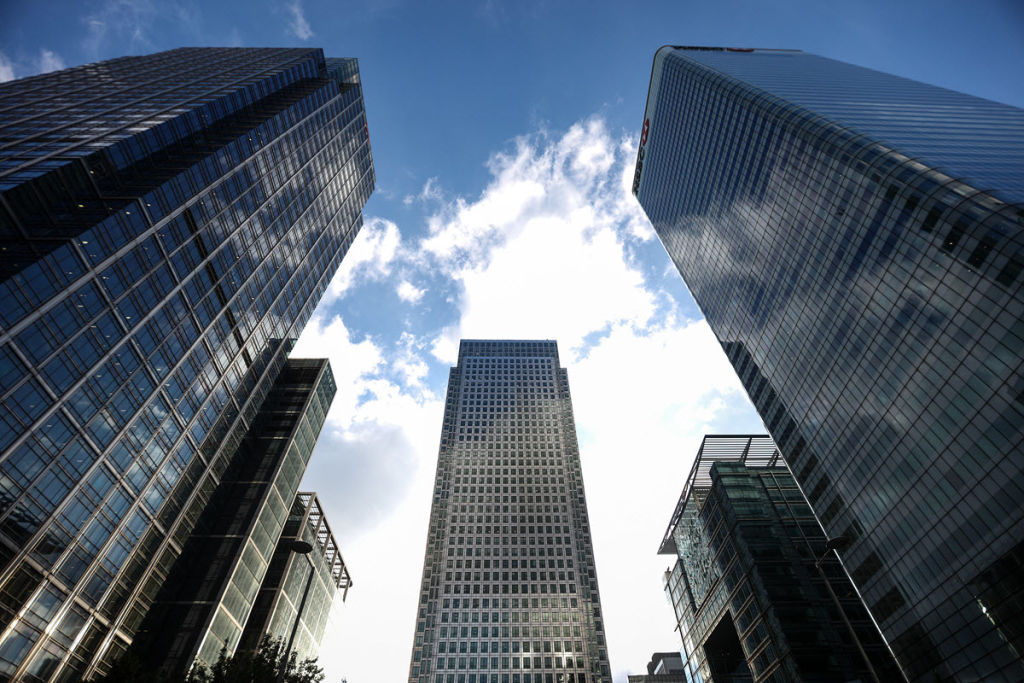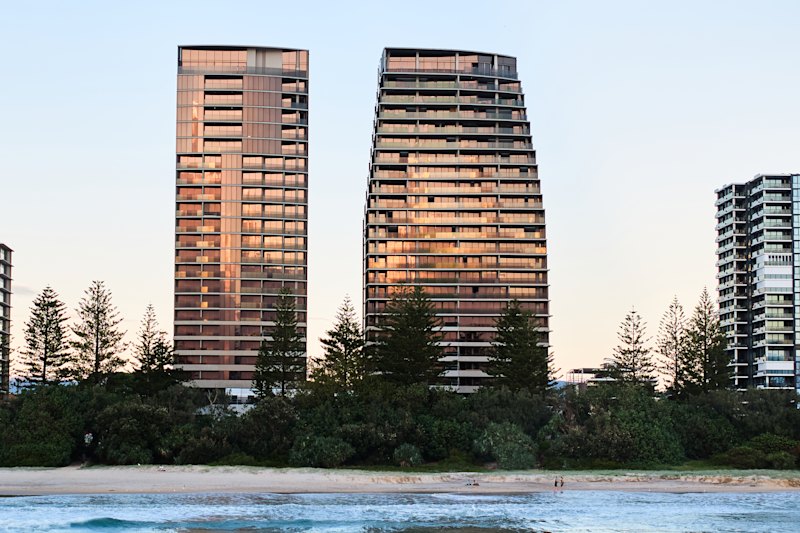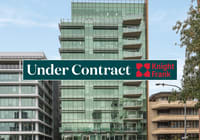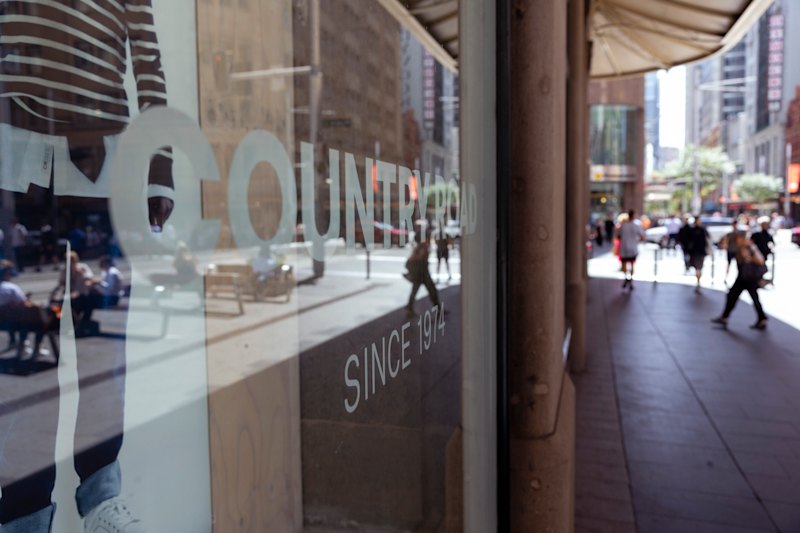
Almost half of all large firms are looking to change their property portfolios as a result of COVID-19, survey finds
Nearly half of all big companies around the world are looking to make changes to their property portfolios, a survey of several hundred ASX300 and Fortune 500 firms suggests.
More than a quarter are planning to reduce the amount of space they own or lease, while another 30 per cent are looking instead to change the way they use their premises to suit future work trends.
The research, by global workplace strategy, design, build and fit-out company Unispace, found that their clients alone – in more than 60 countries – are hoping to achieve more than $390 million in savings from these changes.
“The COVID-19 pandemic has changed massively how people work in office space, and that’s having huge flow-through impacts,” said industry veteran John Forrest, global board advisor with Unispace.
“Our research from a couple of hundred organisations globally shows just how many companies are seeking to make changes within the next 12 months.
“We’ve found 27 per cent are looking to reduce their footprint, while the 30 per cent [of those] reworking their space are doing so in response to hybrid working, a key driver of these changes.
“It means more dramatic shifts than we’ve ever seen.”
With 47 per cent of the companies surveyed planning to make changes to their portfolio, some will be shrinking their footprint by surrendering leases, subletting, relocating or changing their ideas about what they need real estate for.
Some companies looking to reconfigure their space are simply tweaking their office plans to accommodate social distancing, while more are undertaking complete renovations, knowing that many of their employees will be working half of the week from home half from the office.
Then, about a third are completely pulling apart their offices to put them back together again in a totally different form, to introduce both collaboration spaces and quiet working areas.
“It depends very much on the industry, and the type of business companies are in,” said Mr Forrest. “I think a lot of these trends had started about 10 years ago, but the pandemic accelerated them. Now, however, the Delta variant, with the problems it’s causing around the world, is slowing down the pace of change.”
Some companies are pushing their employees back into the office, such as the multinational bankers Standard Chartered, which has announced a big program globally, in a deal with IWG Regis, for staff to work from their offices closer to people’s homes.
Other firms, often in the tech space, seem content for workers to stay at home and only come back occasionally for meetings.
Unispace has been one of the firms championing the “propeller” framework for future work. The office space is used for problem-solving, innovation and community, while the home or remote workplace is most useful for focus, learning and wellness.
It believes that the most effective blended workplace combines the two and delivers these experiences in harmony – a destination workplace that attracts people back into the physical office but doesn’t compel them to stay there unnecessarily.
In Unispace’s own workspace in Auckland, the floorplate didn’t change, but the space was redesigned to draw people back in, enhance productivity, and bring clients into the office. A raised co-working space was built at the entrance lobby, with work points, soft-seating, booths and enclosed meeting rooms.
A series of custom-built, acoustically treated curved “teams pods” – developed as space- and cost-effective alternatives to larger meeting rooms – were also created.
Then an “innovation space” with whiteboard coverage was drawn up for subcontractors and clients, while a central kitchen and socialising area, open mail and cloakrooms, lockers and storage space were all added.
One of Unispace’s clients, a global insurer, reduced its property portfolio by 30 per cent, saving $US100 million ($136 million) a year, with a model that allowed the workforce to be 40 per cent in the office, 40 per cent working from home, and 20 per cent elsewhere. Of the office space, 70 per cent was given over to problem-solving, innovation and community spaces, rather than the previous 70 per cent taken up by desks.
Another client, a print and software solutions provider, found that most of its staff enjoyed working remotely because of time and cost savings but still valued some time in the office. It ended up reducing the number of seats in its offices by 60 per cent and cutting its commercial real estate by 48 per cent.
The hub-and-spoke model, with smaller offices more locally, is also catching on, pushing a lot of commercial space away from the cities and into the suburbs.
“But the CBDs will always be with us,” said Mr Forrest. “While some companies will use less space or will move most of their operations out, other companies may quickly grow to take their place and create new spaces for employees.
“There will be a flight to quality buildings that can promise wellness, but there may be some buildings that are repurposed to hotels and condos, so the CBD will end up revitalised.”










